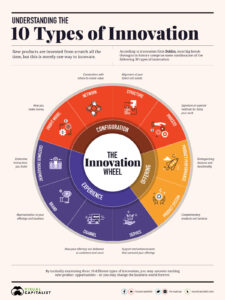The emergence of the #SlowedDown music sub-genre – Soundcloud
When legendary DJ Grand Wizzard Theodore first invented the technique of scratching and needle-dropping in 1975, it opened up a portal into a world of possibilities, creating new styles and sounds by altering records. Fast-forward to 1983, jazz pianist Herbie Hancock teamed up with Bill Laswell and Michael Beinhorn to write and produce “Rockit,” a landmark track that prominently showcased the turntable as an instrument during televised performances at the 1985 Grammys. Buoyed by the success of the music video on MTV, this sensation hit a generation of kids who would go on to create new sounds from records in unconventional ways.
Read More »The emergence of the #SlowedDown music sub-genre – Soundcloud

